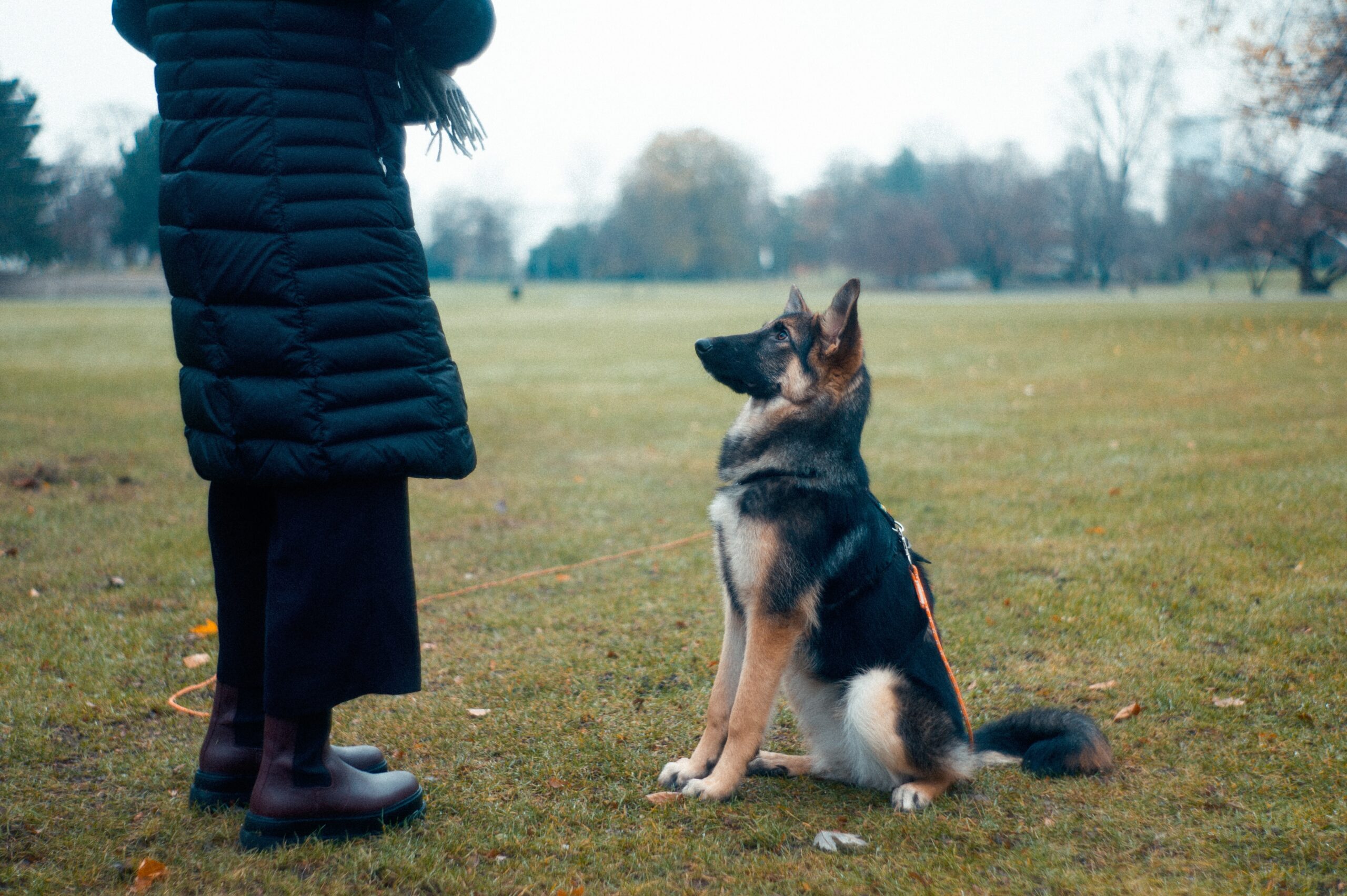Understanding dog behaviour
by Nevena Tomovic
Understanding dog behaviour is crucial for building a strong bond with your furry friend and addressing any behavioural issues that may arise. Here are some tips on how to understand dog behaviour:
- Observe body language: Pay close attention to your dog’s body language. Notice their posture, tail position, ear position, facial expressions, and overall demeanour. This can provide clues about their emotions and intentions. For example, a wagging tail with a relaxed body indicates a happy or friendly dog, while a stiff body with a tucked tail may signal fear or anxiety. My dog in particular is easy to read, when he is scared for example he puffs up a bit like a lion, so I know to react in time!
- Learn canine communication signals: Dogs communicate through a variety of signals, including vocalisations, body language, and facial expressions. Educate yourself on common dog communication signals such as barking, growling, whining, yawning, lip licking, and play bowing. Understanding these signals can help you interpret your dog’s messages accurately.
- Consider breed characteristics: Different dog breeds have distinct characteristics and tendencies. Research your dog’s breed to understand their typical behavior traits, energy levels, and any breed-specific instincts. This knowledge can help you anticipate certain behaviors and tailor your approach accordingly.
- Socialise your dog: Proper socialization is crucial for dogs to develop appropriate behavior around people, animals, and various environments. Expose your dog to different experiences, people, and animals from a young age, ensuring positive and controlled interactions. This helps them become well-adjusted and confident.
- Seek professional advice: Consult with a professional dog trainer or behaviourist if you have concerns or specific behaviour issues. They can provide guidance, assessments, and personalised training plans to address any behavioural challenges your dog may have.
- Consider context: Understand that a dog’s behaviour is influenced by their environment, past experiences, and current situation. Dogs may exhibit different behaviours in different contexts. Take into account the context when interpreting your dog’s behaviour. For example, my dog doesn’t like busy streets so he by default will be stressed when in that environment, so I try and avoid those areas.
- Be patient and empathetic: Dogs have their unique personalities and experiences. Practice empathy and patience when trying to understand their behaviour. Avoid punishment-based methods and focus on positive reinforcement to encourage desired behaviours and build a trusting relationship.
- Continuously educate yourself: Stay informed about dog behaviour by reading books, reputable online resources, attending workshops, or joining dog training classes. Learning more about dog behaviour will enhance your understanding and ability to meet your dog’s needs.
Pro tip: as your dog grows they may change like we do, so new behaviours may appear that may surprise you, so it’s always good to keep training with your dog even when they get older.
Remember, every dog is an individual, and their behaviour can vary. It’s important to approach understanding dog behaviour with an open mind, patience, and a willingness to adapt your approach to meet your dog’s specific needs.
